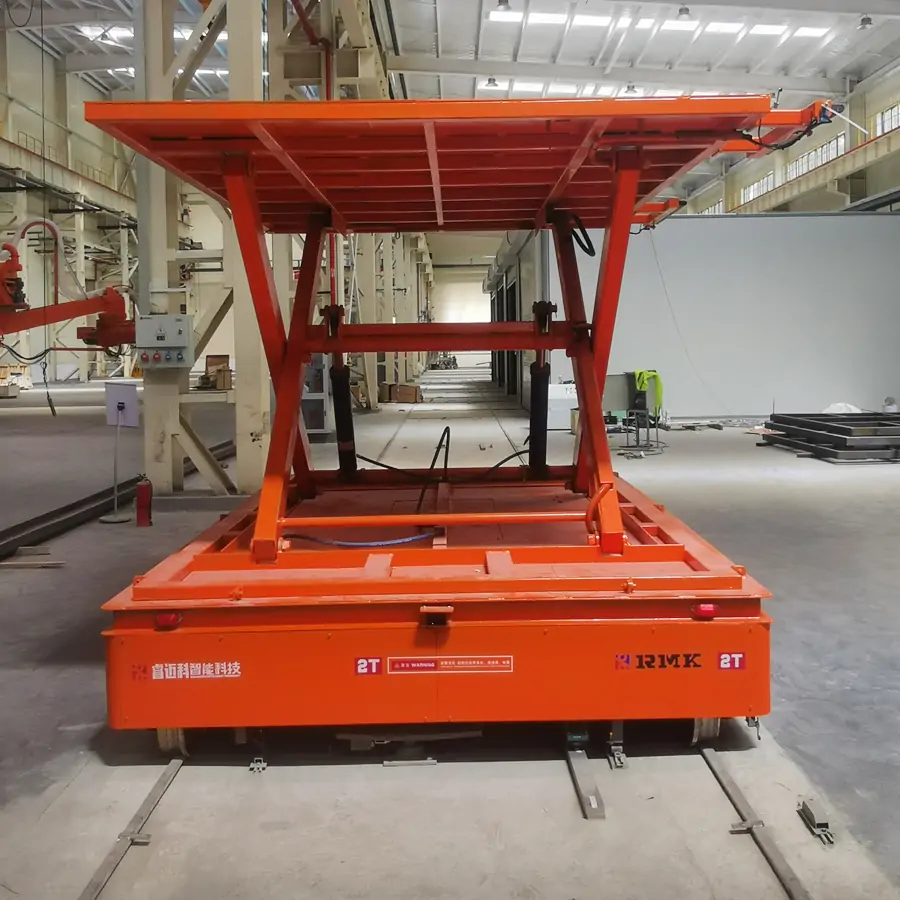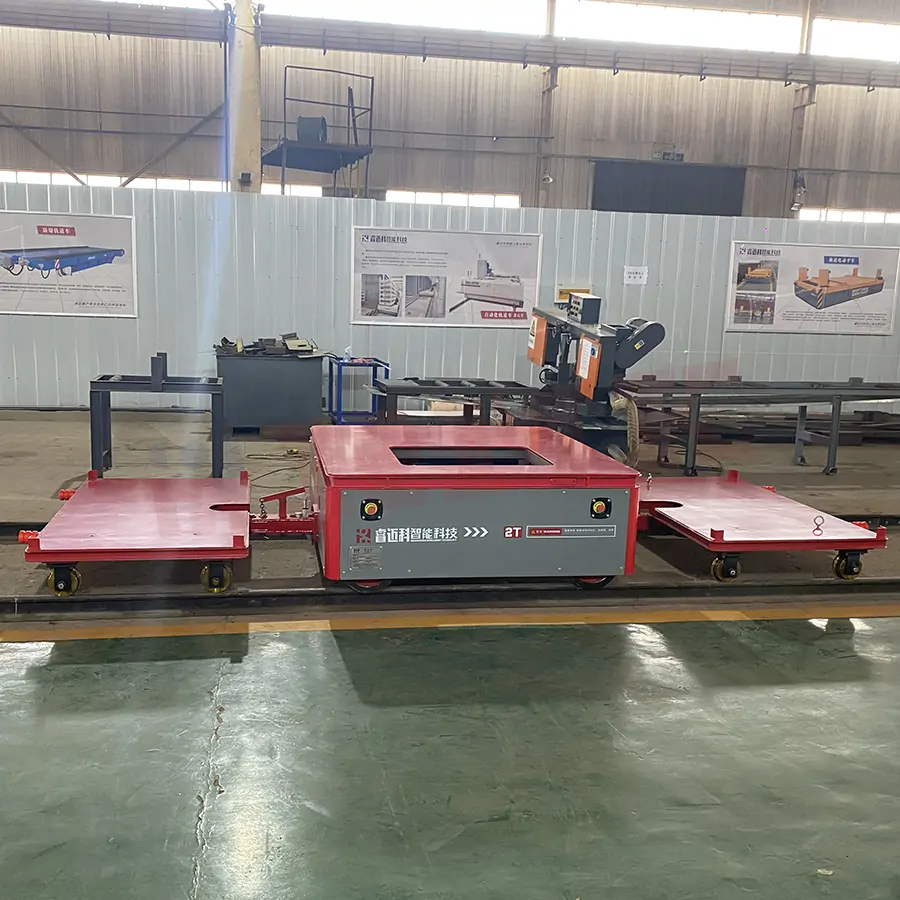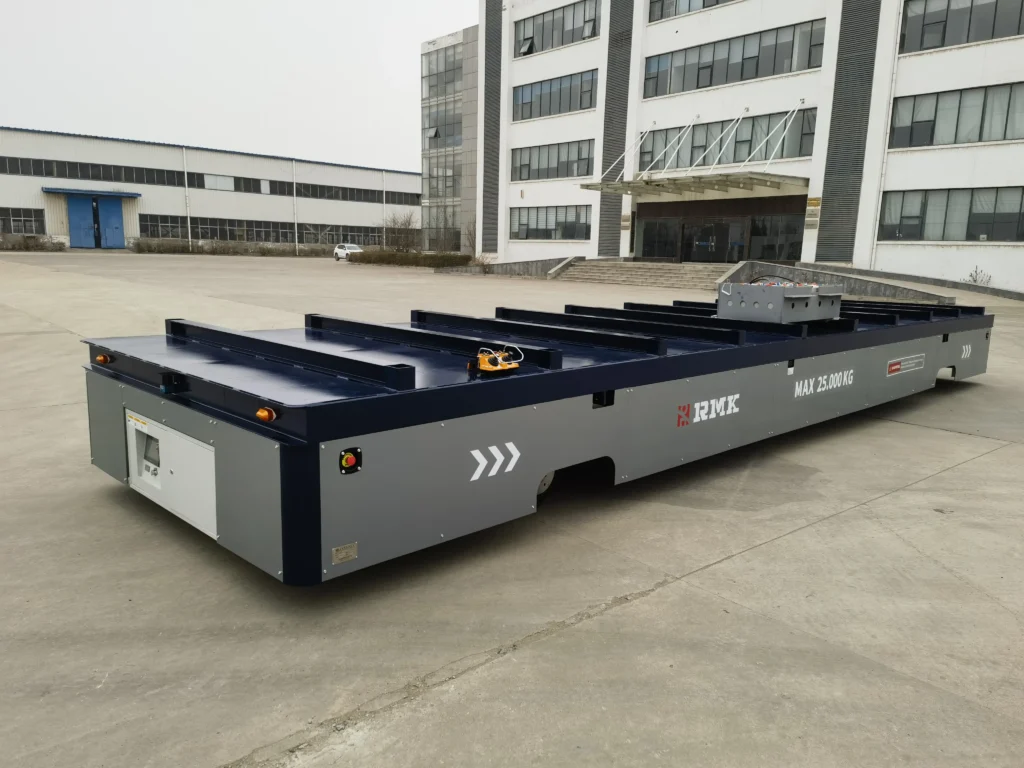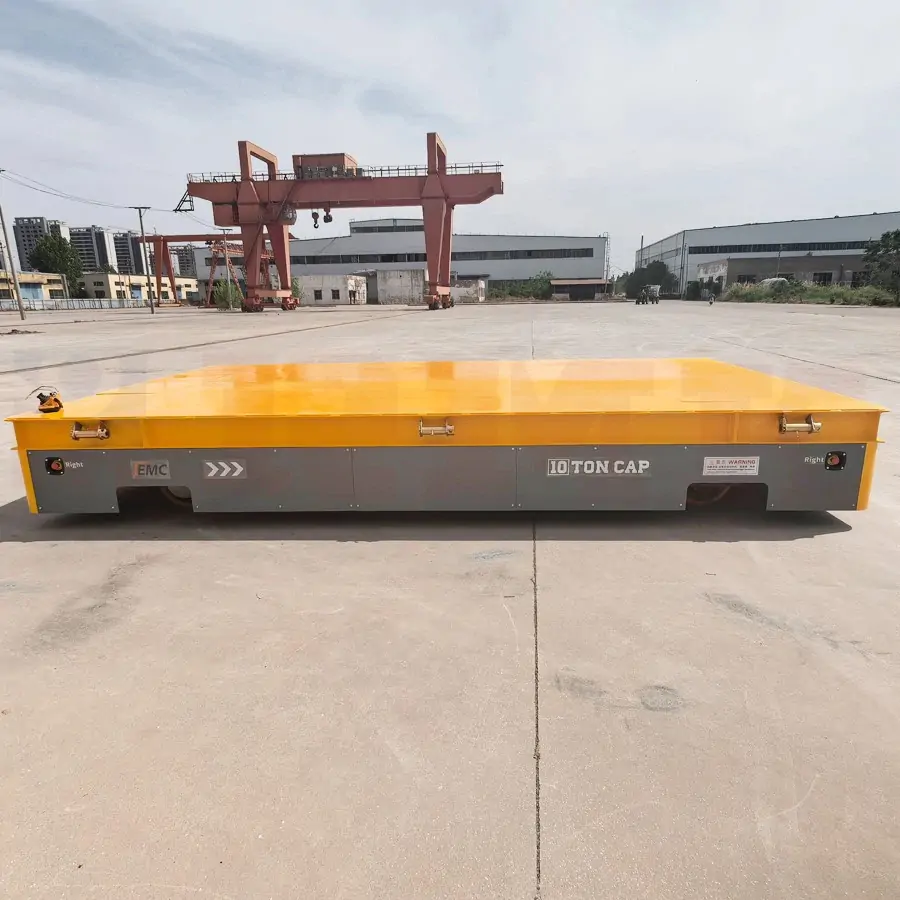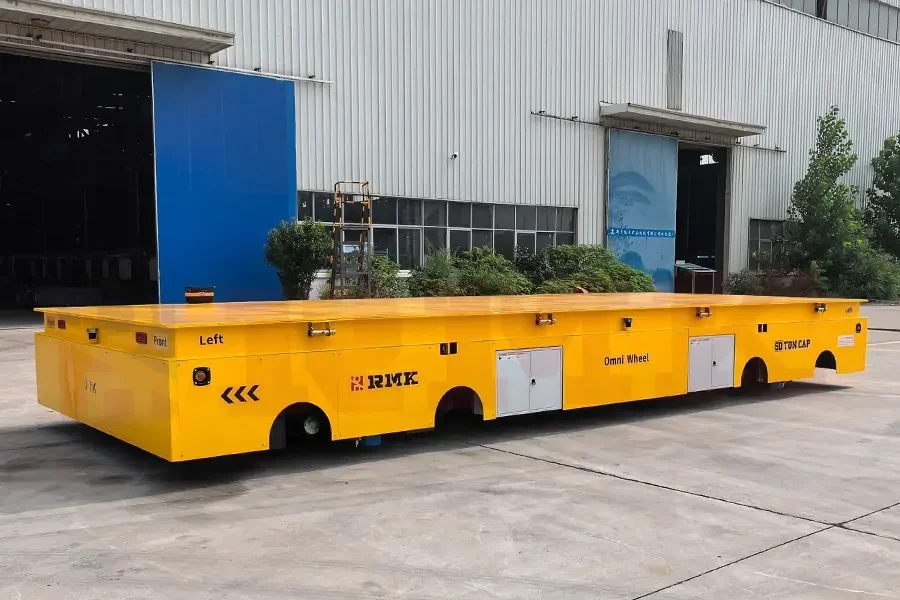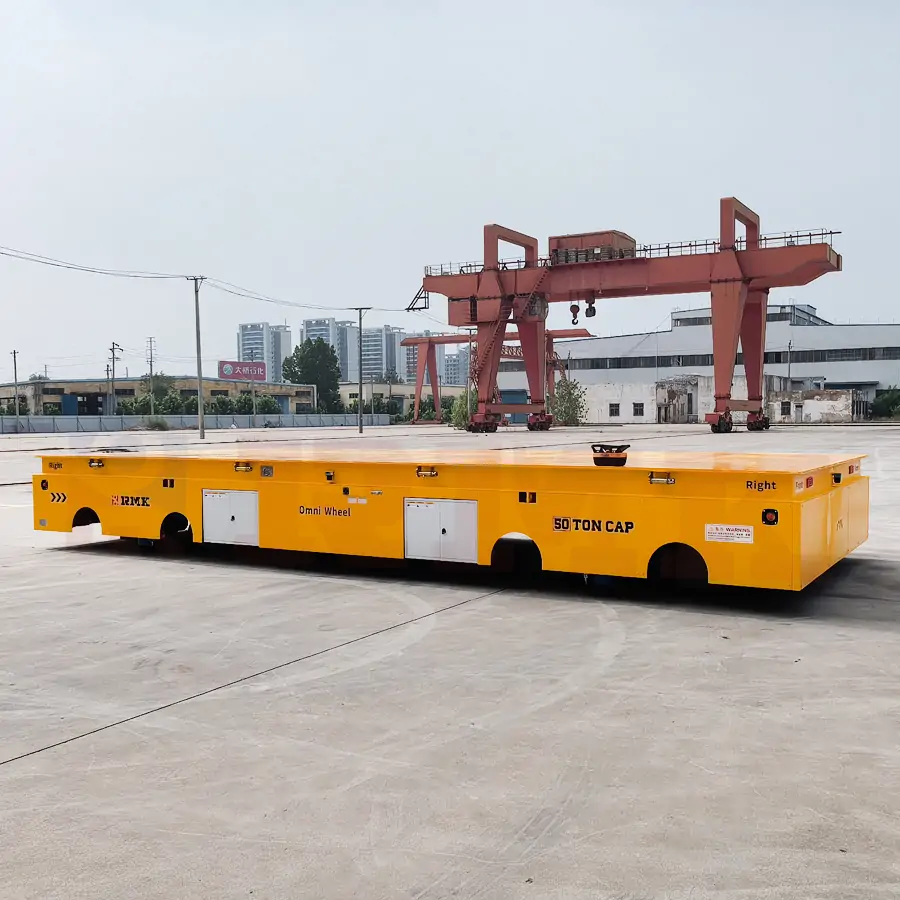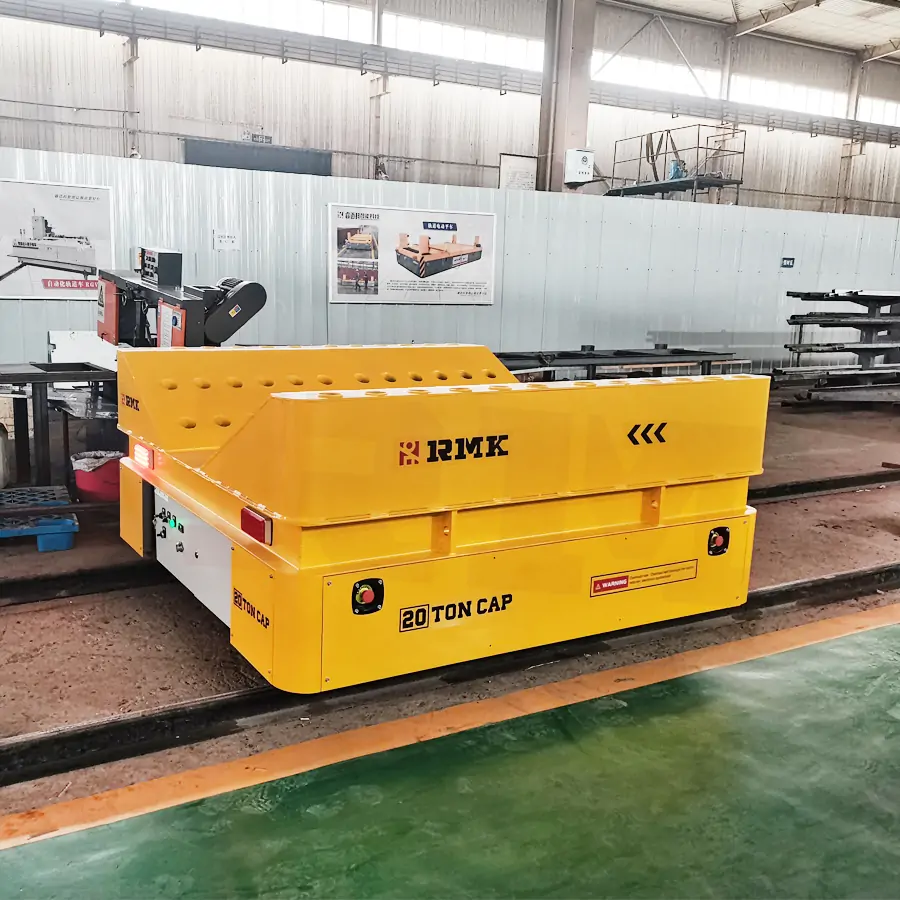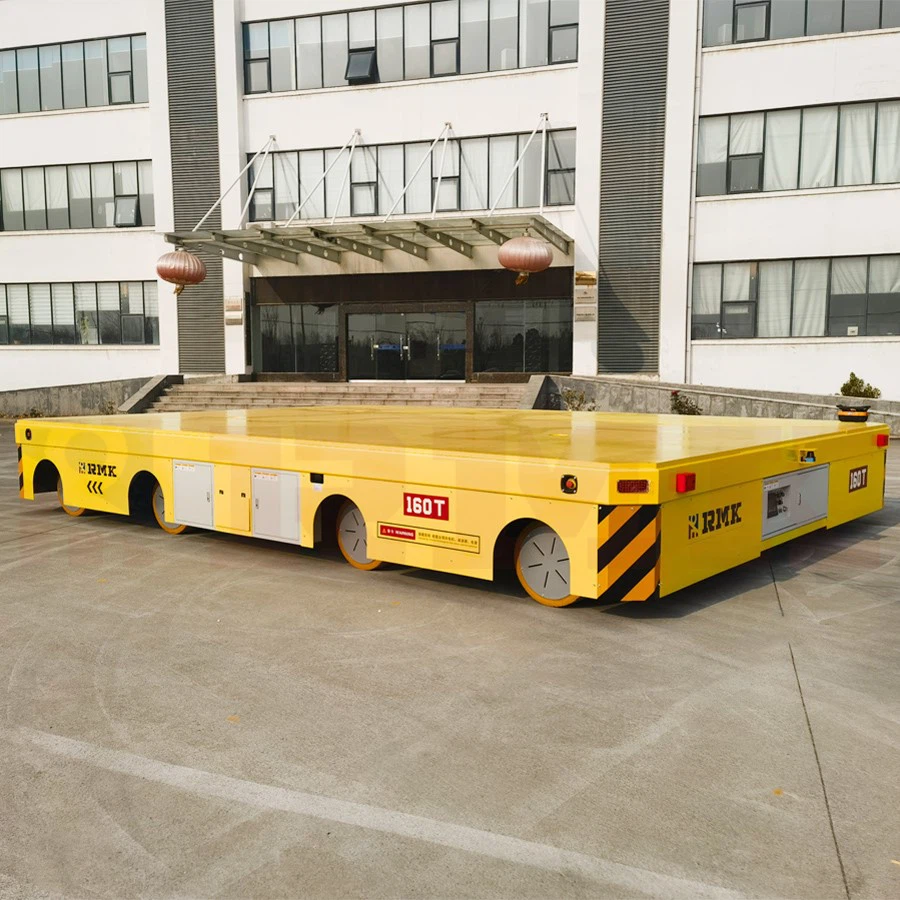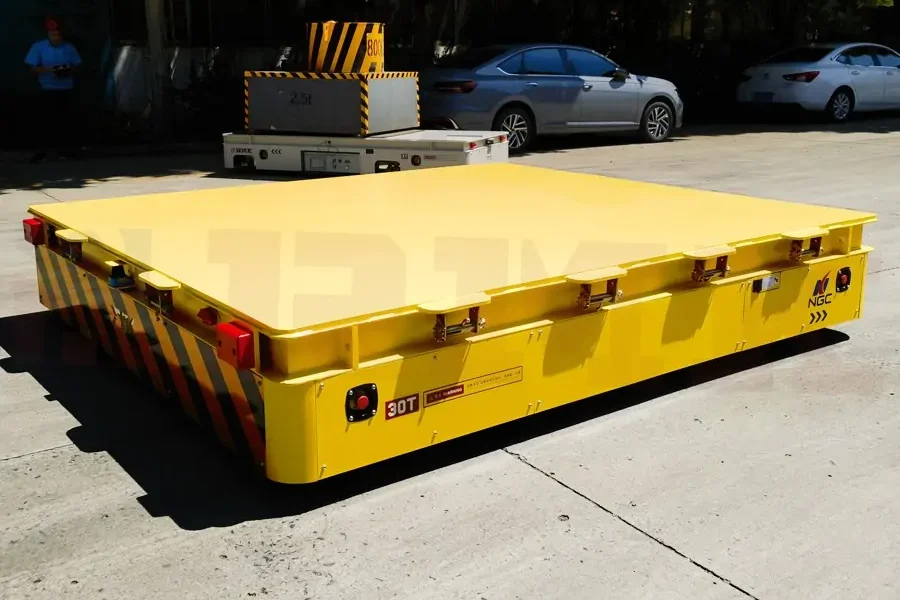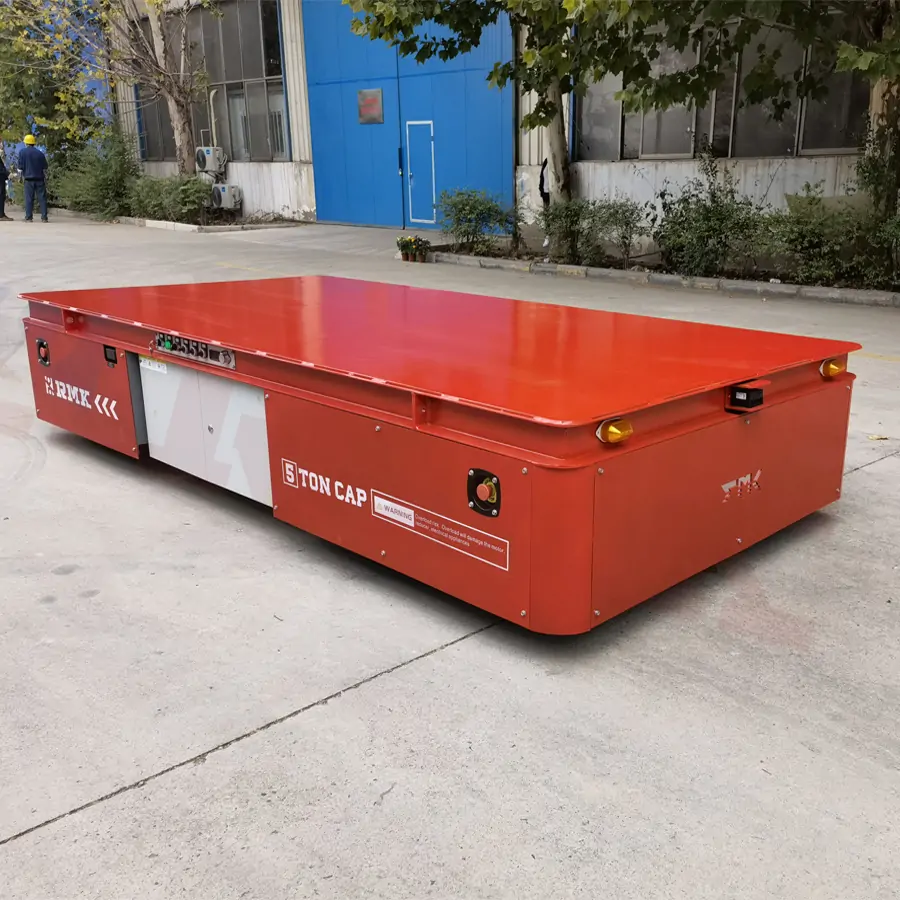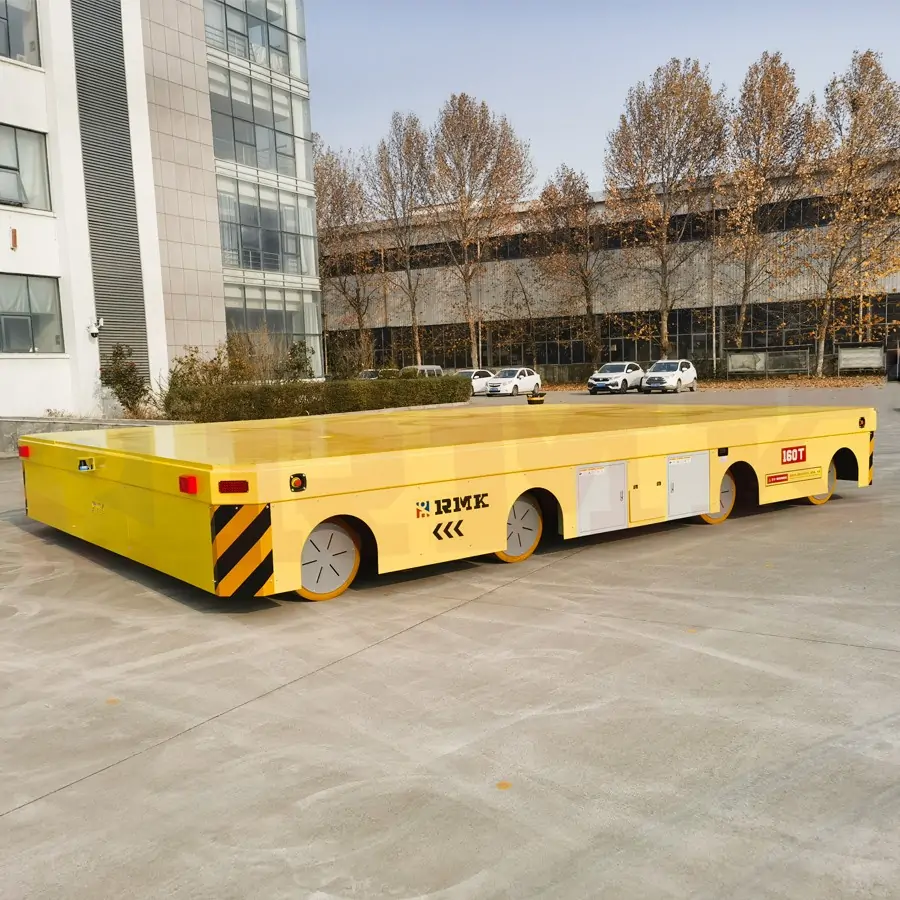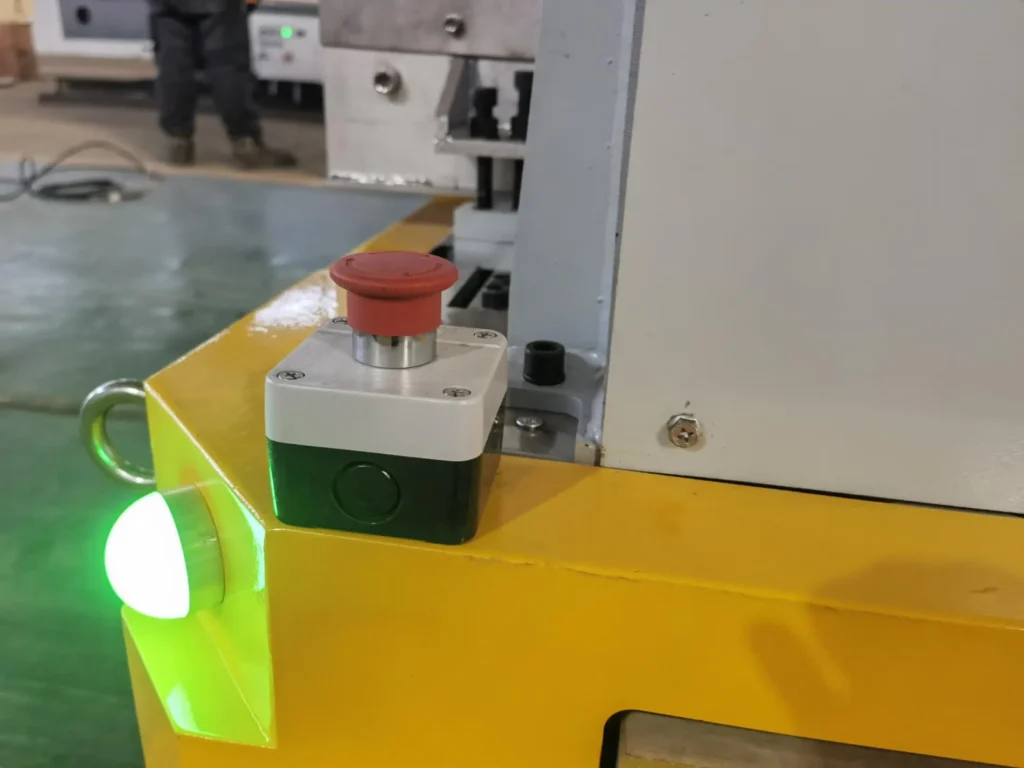The battery in the battery transfer cart serves as the primary power source for the vehicle. Proper usage not only enhances operational efficiency but also extends the service life of the battery transfer cart. So, how should we protect the battery in the battery transfer cart during daily use? Today, we will outline a battery maintenance guide for the battery transfer cart, detailing how scientific charging and discharging management can maximize battery lifespan while preventing performance degradation and damage caused by improper operation.
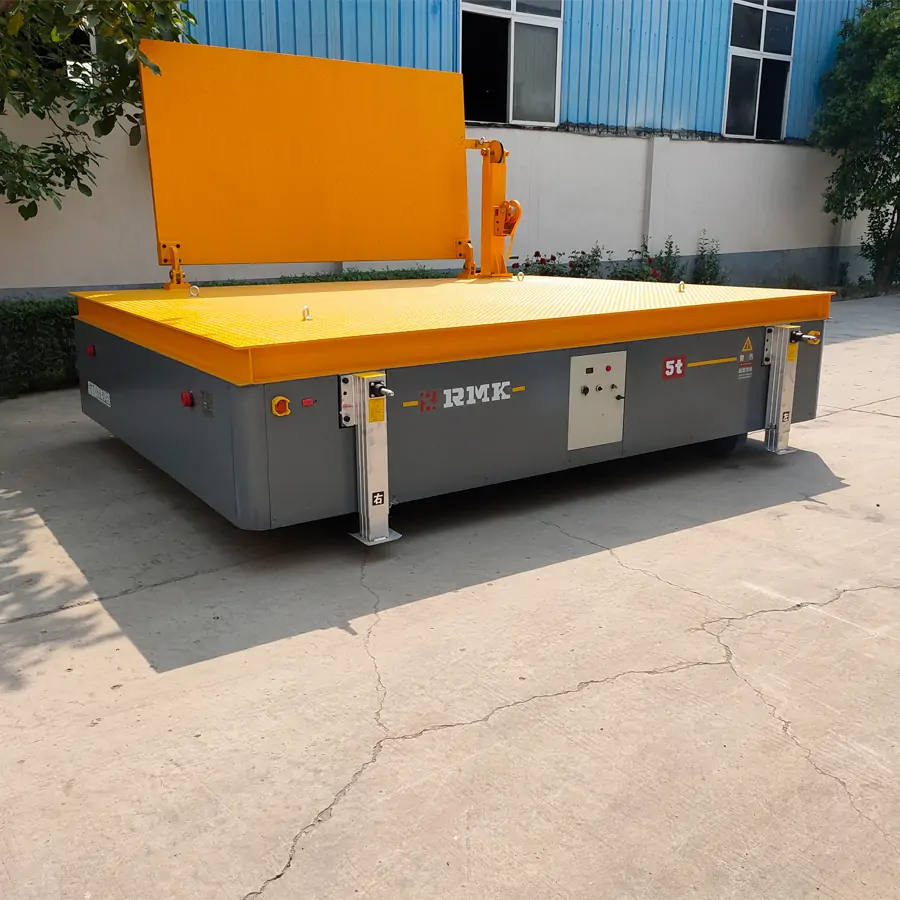 Accutransferkar
Accutransferkar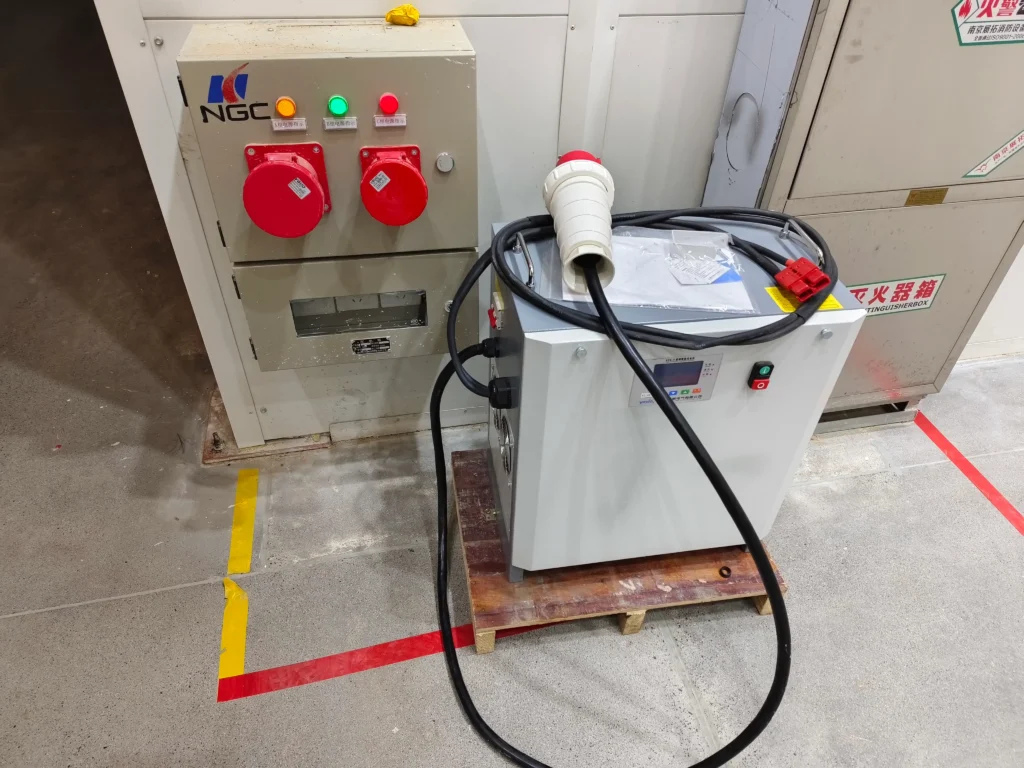 Battery Transfer Cart Charger
Battery Transfer Cart Charger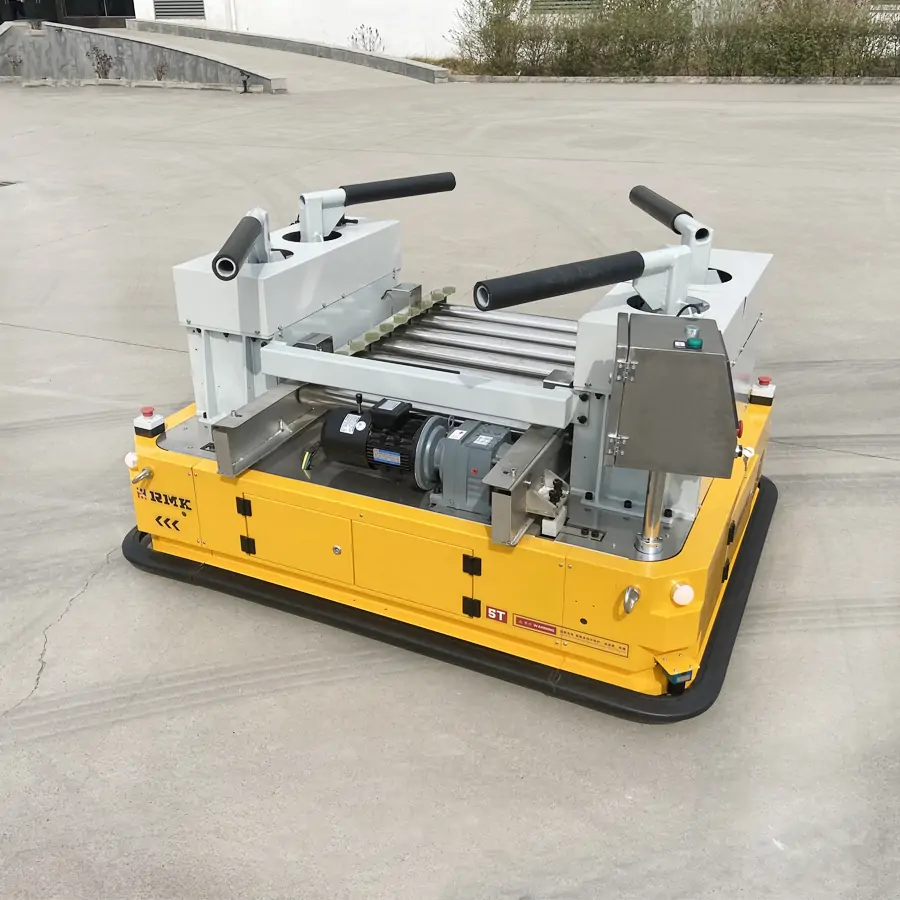 Accutransferkar
Accutransferkar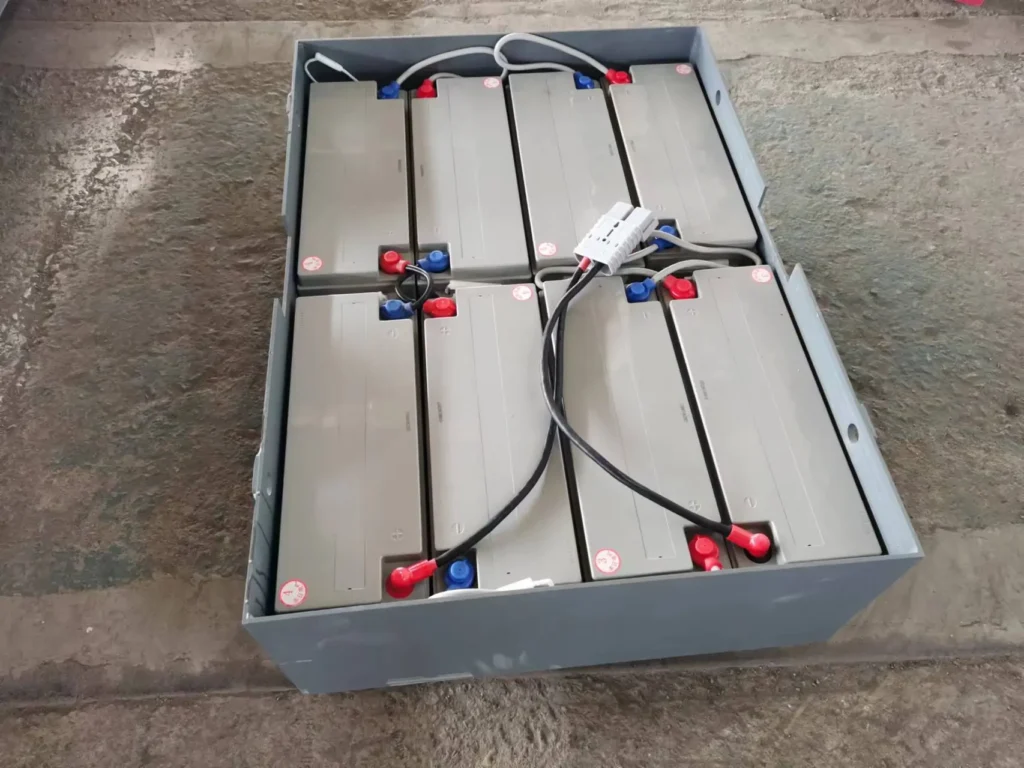 Battery of the Battery Transfer Cart
Battery of the Battery Transfer Cart
Regarding daily battery usage, pay attention to these key points:
Battery Transfer Cart Charging Management
1. Avoid overcharging and undercharging
- Use the original manufacturer’s charger and disconnect it promptly after the battery is fully charged. (Most batteries automatically stop charging when full, but prolonged connection may affect their lifespan.)
- Recharge when the battery level drops below 20-30% to avoid complete depletion (deep discharge accelerates battery aging).
2. Control Charging Temperature
- Avoid charging in high-temperature environments (>40°C) or low-temperature environments (<0°C), as extreme temperatures can damage the battery’s chemical structure.
- Charge in shaded areas during summer. In winter, allow the battery to warm up before charging—this is one of our optimal charging practices for battery transfer carts.
3. Charging Frequency
- Avoid frequent “top-up” charging. Recharge when the battery level drops to around 30% to minimize the impact of cycle counts on lifespan.
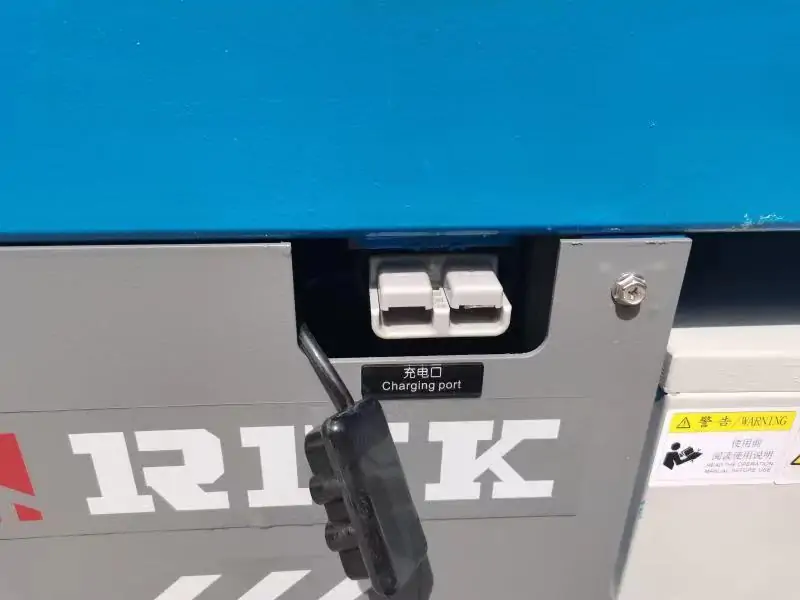 Battery Transfer Cart Automatic Charging Port
Battery Transfer Cart Automatic Charging Port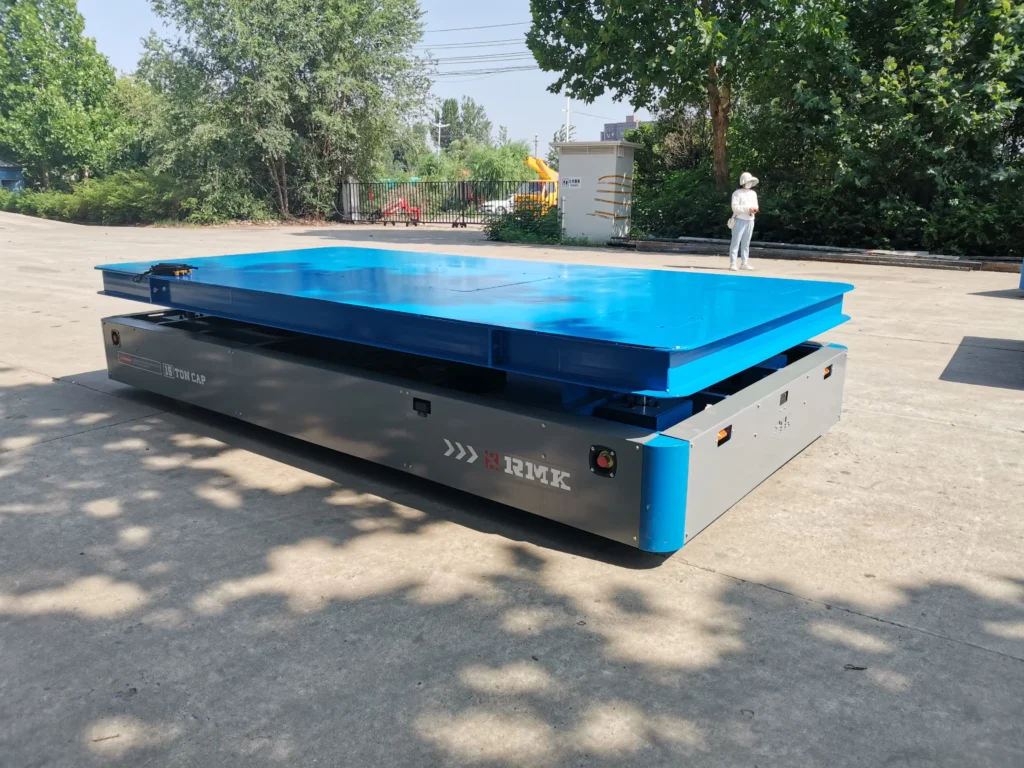 Accutransferkar
Accutransferkar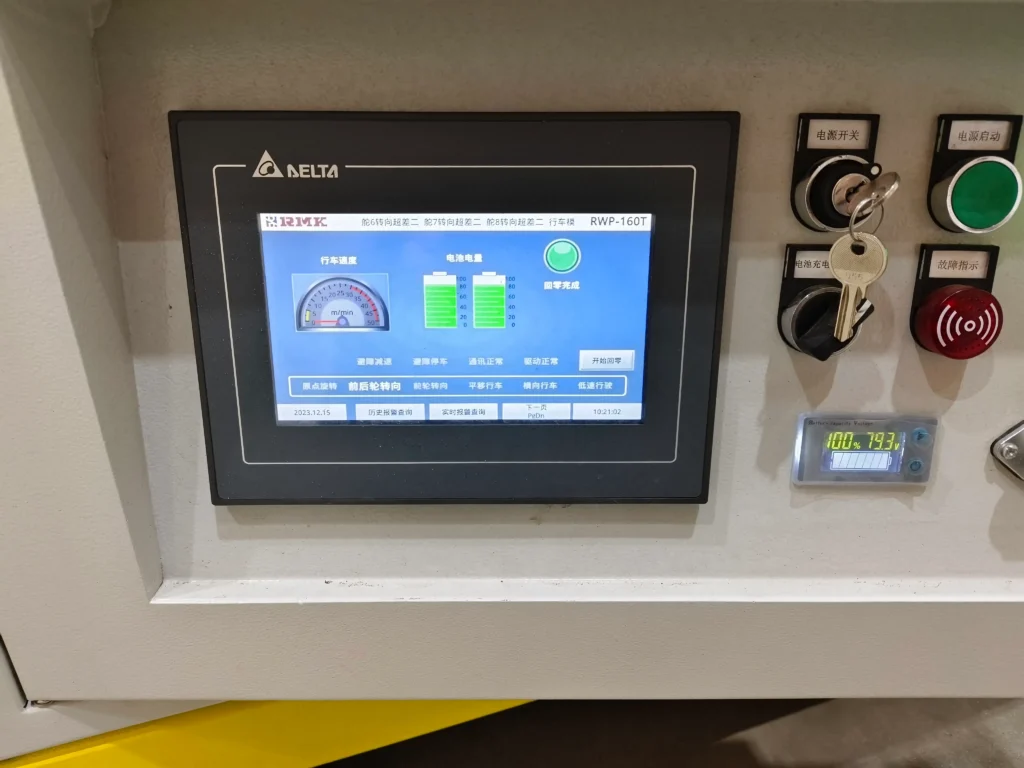 Battery Transfer Cart Charger
Battery Transfer Cart Charger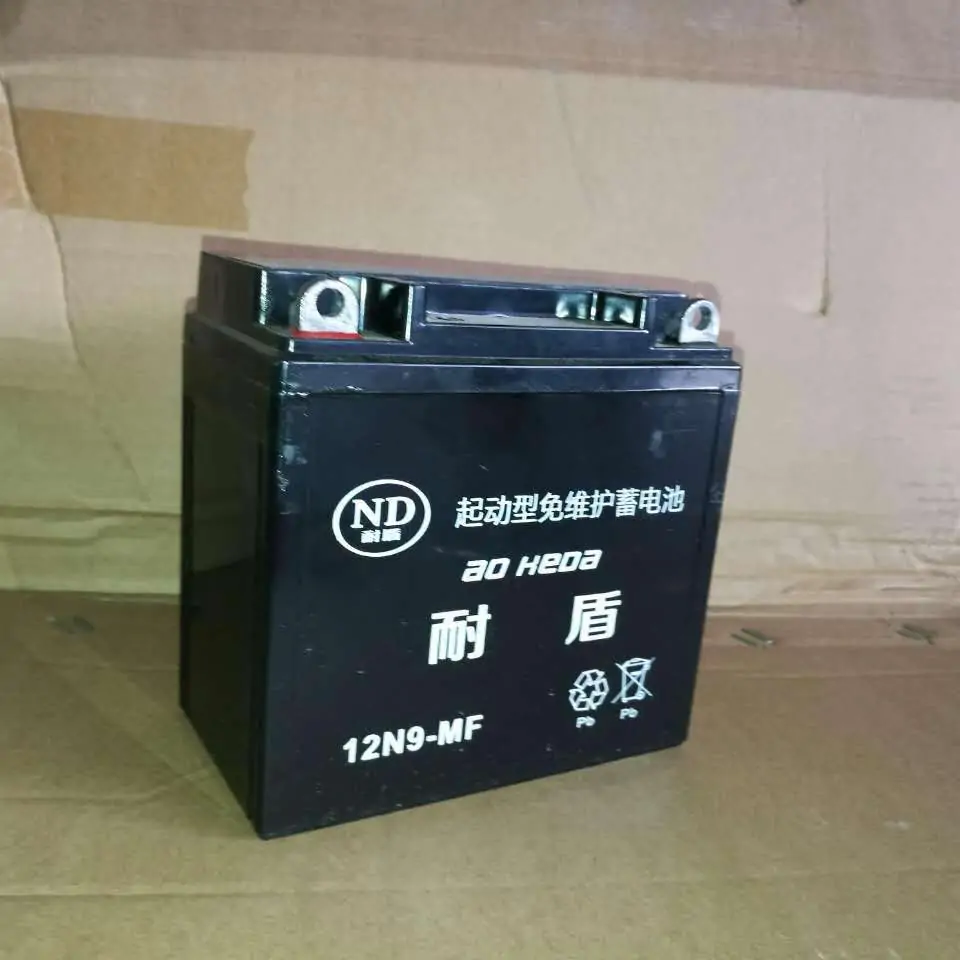 Battery of the Battery Transfer Cart
Battery of the Battery Transfer Cart
Battery Transfer Cart Discharge Usage Guidelines
1. Avoid High-Current Discharge
- Minimize rapid acceleration, sudden braking, or overloading, as these actions cause the battery to deliver high currents in short bursts, accelerating wear.
- Operate the handle or controller smoothly to maintain a consistent speed.
2. Plan Usage Duration Wisely
- During continuous operation, allow the battery to rest for 10-15 minutes every 2-3 hours to prevent sustained high temperatures.
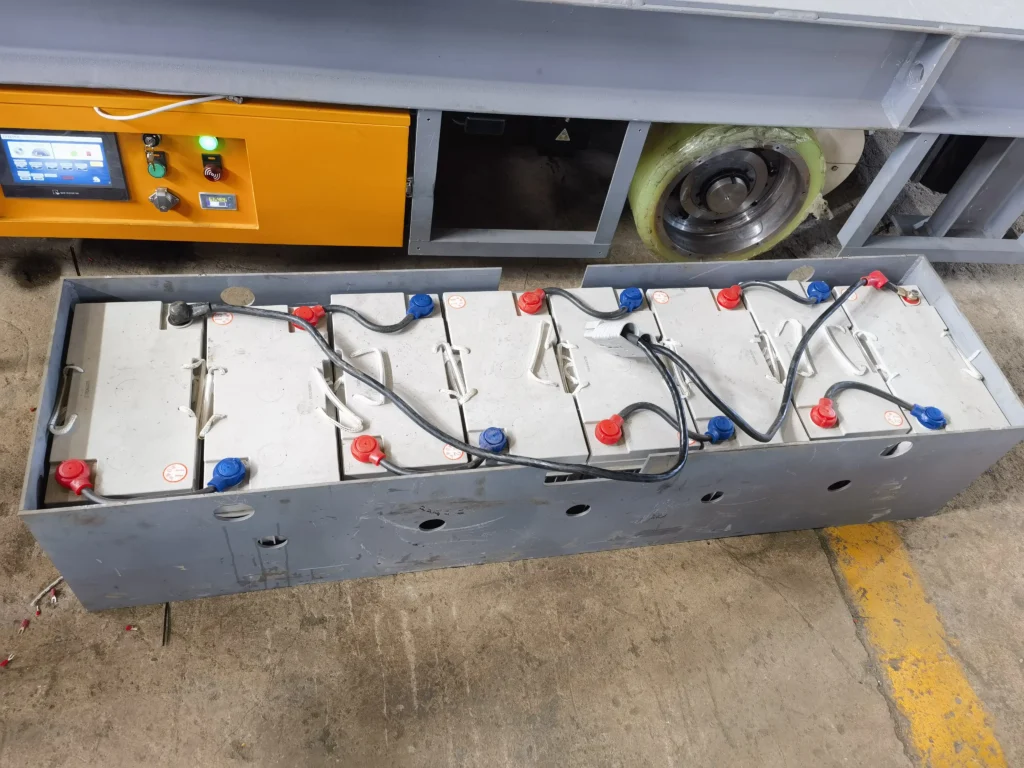 Battery of the Battery Transfer Cart
Battery of the Battery Transfer Cart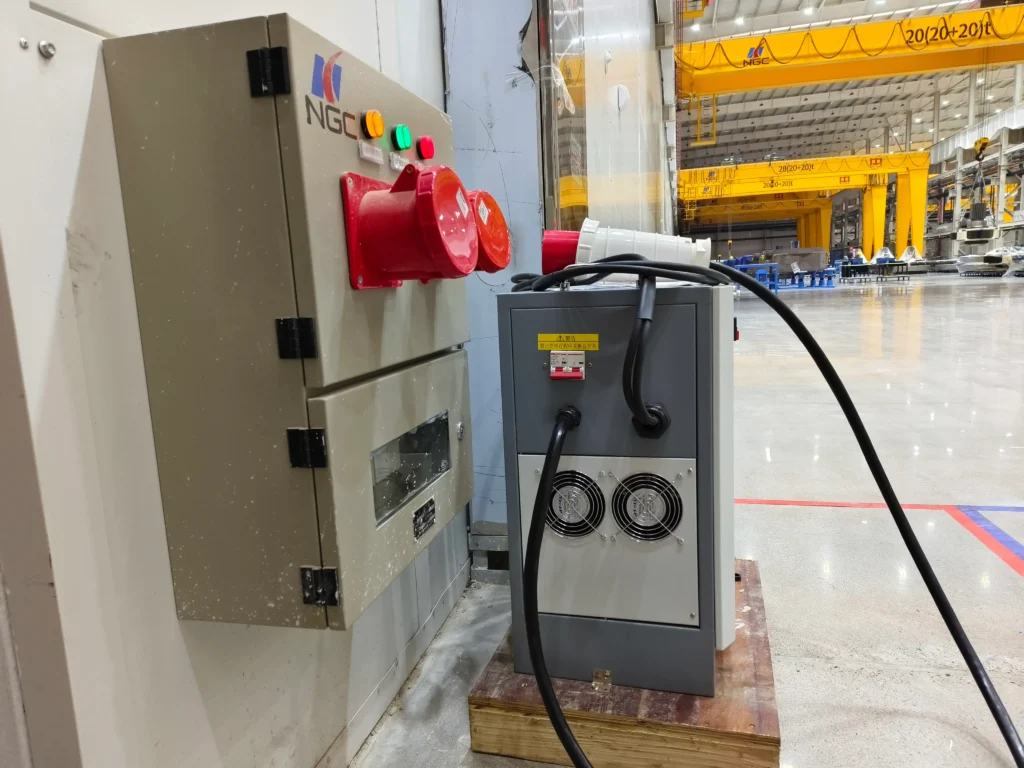 Battery Transfer Cart Charger
Battery Transfer Cart Charger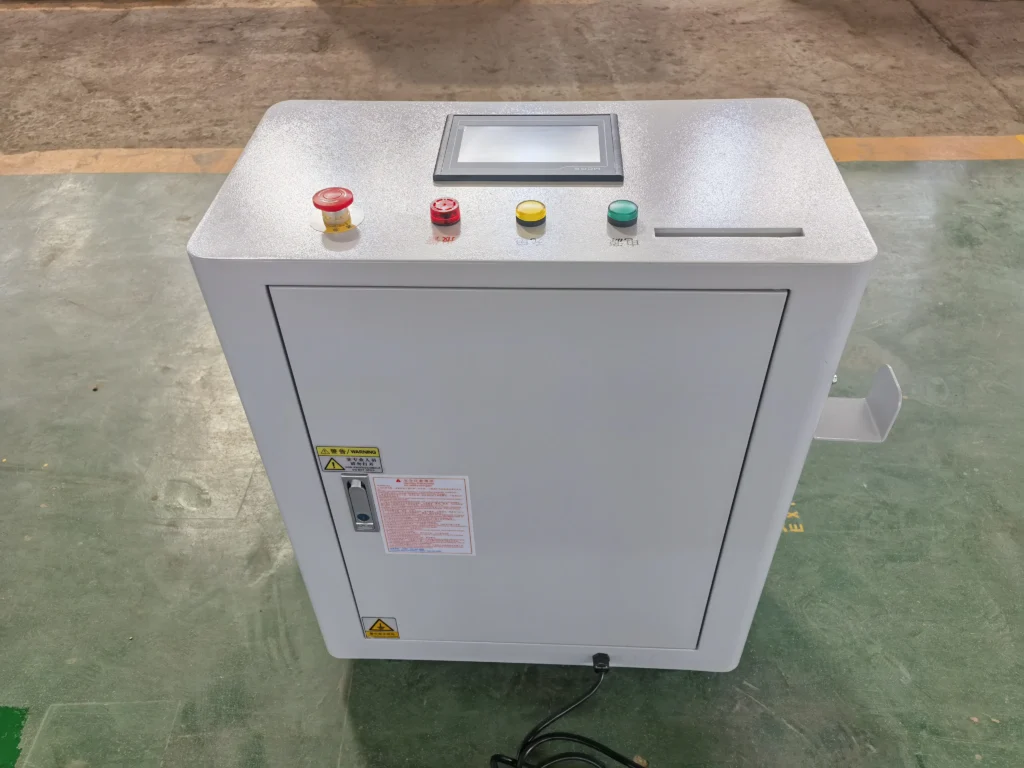 Battery Transfer Cart Automatic Charging Station
Battery Transfer Cart Automatic Charging Station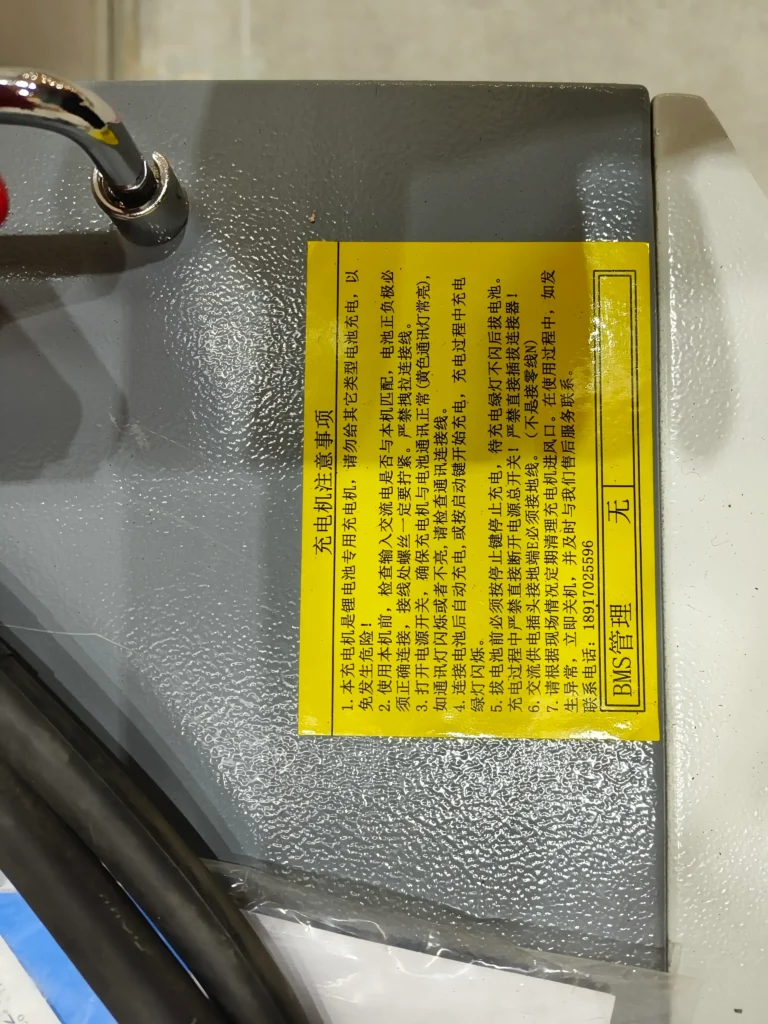 Battery Transfer Cart Charger
Battery Transfer Cart Charger
Environmental & Storage Guidelines
1. Temperature Control
- For long-term storage or use, maintain ambient temperatures between 10-30°C (50-86°F). High temperatures accelerate electrolyte evaporation, while low temperatures reduce battery activity.
- In cold winter regions, charge promptly after parking (utilizing residual battery heat) or use insulated covers to protect the battery.
2. Storage Charge Level
- During extended inactivity, maintain a charge level of 50-70%. Recharge every 1-2 months to prevent deep discharge from self-discharge.
3. Moisture and Corrosion Prevention
- Avoid contact with water, oil, or metallic debris. Regularly clean electrode contacts to prevent oxidation and short circuits.
Battery Transfer Cart: Key Points for Routine Maintenance
1. Regular Inspections
- Monthly inspection: Check battery casing for swelling or leakage, and verify connection cables are secure and free from corrosion.
- Use a multimeter to verify cell voltage balance (contact after-sales support if significant discrepancies occur).
2. System Upgrades and Calibration
- Some intelligent Battery Management Systems (BMS) require periodic updates to optimize charging/discharging strategies.
- If the battery capacity display is abnormal, perform battery calibration (one full charge-discharge cycle).
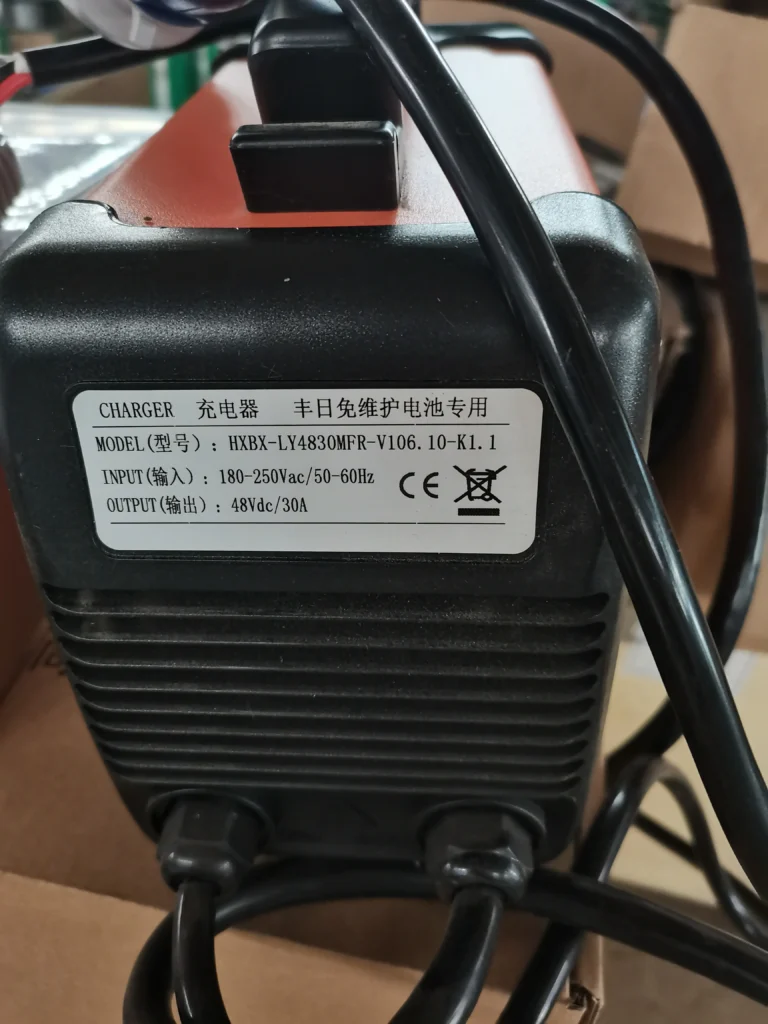 Battery Transfer Cart Charger
Battery Transfer Cart Charger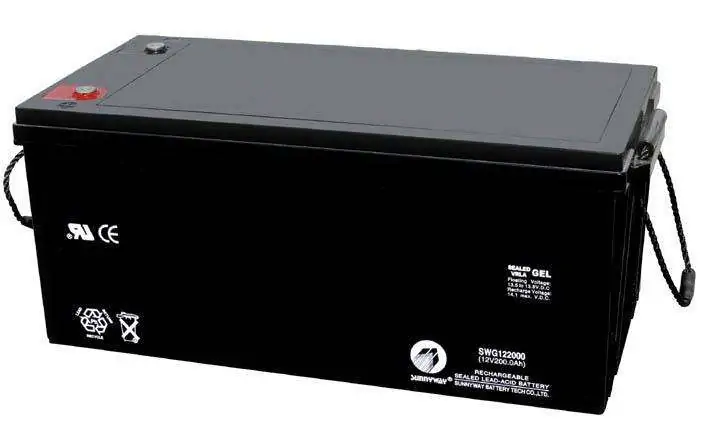
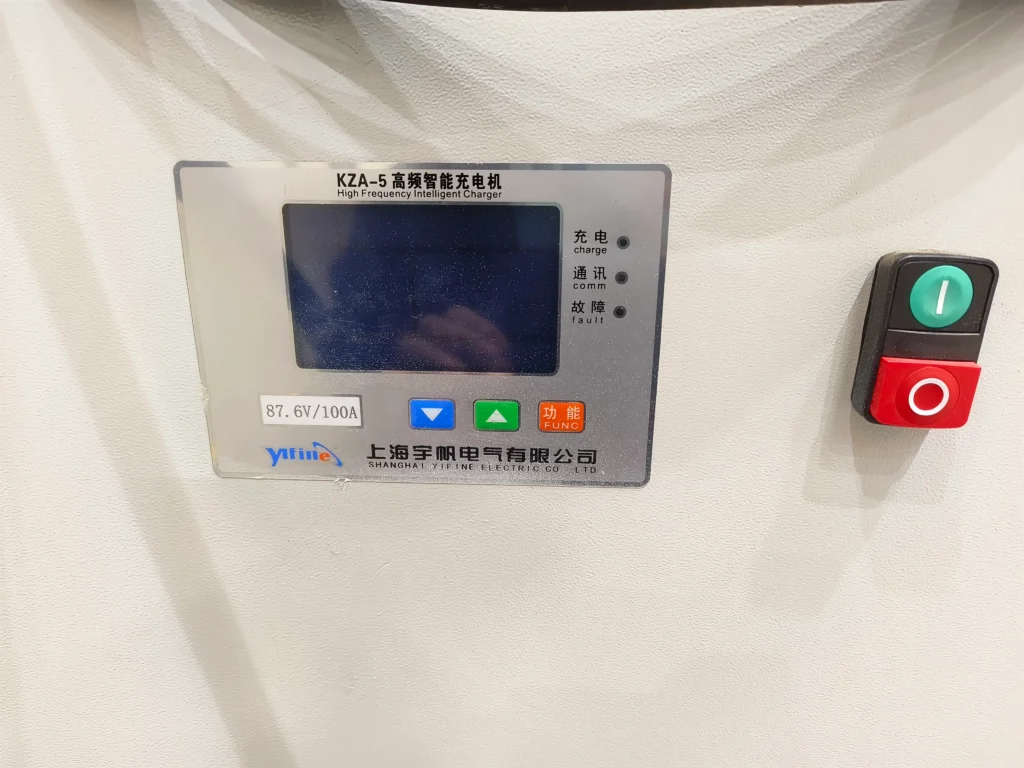 Battery Transfer Cart Charger
Battery Transfer Cart Charger Battery Transfer Cart Charger
Battery Transfer Cart Charger
Additional Precautions
- 1. Prohibit Non-Original Accessories: Inferior chargers or modified circuits may cause voltage instability, posing safety risks.
- 2. Avoid Overloading: Overloading forces batteries to operate under high stress, shortening their lifespan.
- 3. Replace Aged Batteries Promptly: Replace batteries when capacity drops below 80% or shows significant degradation.
Emergency Response
- 1. Overheating: Immediately cease use, move to a well-ventilated area for cooling, and avoid further charging or discharging.
- 2. Bulging/Leaking: Stop use and contact qualified personnel for handling. Never disassemble the battery yourself.
Implementing these measures significantly extends battery lifespan (typically 2-3 years for lead-acid batteries and over 5 years for lithium batteries) while ensuring the operational efficiency and safety of the battery transfer cart.
Conclusion:
Batteries play a critical role in battery transfer carts. Proper battery usage is essential to maintain optimal performance and ensure reliable operation of electric transfer carts. As a leading Chinese manufacturer of transfer carts, we offer extensive custom manufacturing capabilities and a dedicated technical team to address any material handling challenges. For more information on battery maintenance techniques or electric flatbed cart usage solutions, contact us today to explore tailored material handling solutions for your needs.

